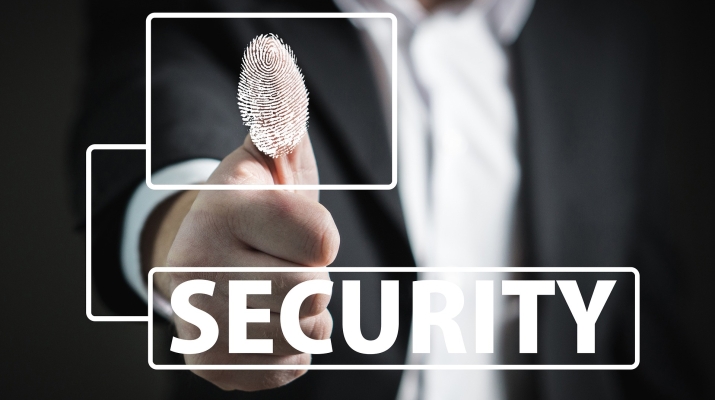If you are considering an upgrade to your business’s ecommerce website, cybersecurity is probably on your list of concerns. Find out how multi-factor authentication can help protect your consumers, and your company’s bottom line.
What is Multi-Factor Authentication?
If you use online banking, social media, or even certain email providers, you have probably experienced multi-factor authentication (MFA). MFA creates a two-step sign-in model that includes some combination of:
- What the user knows (password or security question)
- What the user has (security token)
- Who the user is (biometric verification)
It is designed to fight back against hackers who get access to databases containing usernames and passwords. With MFA (sometimes called Two-Step Authentication), even someone who has your password still needs access to your email, your IP address, or even your body to get into your account. Common forms of multi-factor authentication include:
- Swiping a debit card and entering a PIN code
- Logging into a website and receiving a verification code text message or email
- Logging into a Verified Private Network (VPN) with a digital certificate produced by a client-side application
- Using a fingerprint scanner
- Answering a security question
Cybersecurity in Ecommerce
Multi-factor authentication is especially important when the risk of a data breach is high. If you run an e-commerce business, you get paid because people trust you enough to provide their personal information (including billing and shipping addresses) and credit card data. If you store that information in your servers, you are a target for identity theft. That’s why e-commerce businesses need to take cybersecurity seriously.
There are several options to protect your customers’ data. You may choose to redirect buyers to a separate credit card processing company, such as PayPal or Square. Some of those companies allow you to brand your customer portal so users don’t realize they have ever left your page. Or you may choose to step up your cyber-security and store the information yourself to avoid the risk of someone interfering with the transfer.
Even if you do make use of these services to do the work for you, hackers may be able to use a customers’ user profile to review and change orders, or even make new transactions. If you are processing consumer financial data yourself the risk of that kind of identity theft gets even higher. That’s where multi-factor authentication comes into play.
Multi-Factor Authentication Protects Your Customers’ Online Profiles
Using multi-factor authentication on your ecommerce website makes it much harder for hackers to get in and take advantage of your customers’ data. It also alerts the customer anytime someone is trying to log in, so if it wasn’t them that can respond more quickly and avoid losses due to identity theft.
This makes MFA a good safety measure even if you believe your cyber-security to be fool-proof (which none of them are). Many customers use the same or similar log-in information across many platforms. Even if you aren’t the company that gets hacked, multi-factor authentication can catch when someone other than your client is trying to access their profile or place orders using their account.
Putting MFA on Your Ecommerce Site is a Good Investment
Incorporating multi-factor authentication into your next e-commerce website doesn’t have to be difficult or especially expensive. Developments in technology have made it easier than ever to integrate MFA into your existing cyber-security toolkit. What additional cost is involved more than makes up for the peace of mind you give your customers. But in case you’re worried about your bottom line, consider this: multi-factor authentication can save you time, money, and effort filling fraudulent orders.
Say for a moment that an identity thief got a hold of your customer profile database. Without MFA, you could easily find yourself filling thousands of dollars of customer orders, only to find out they were not made by the customer. Good customer service says you should refund the customer. But what about your material costs and labor expenses? The bigger the breach, the more that cyber-security flaw will cost you.
By implementing multi-factor authentication, you can avoid having to issue refunds or losing inventory to fraudulent orders. For a reasonable cost you can improve your customers’ peace of mind and protect your bottom line.
Trying to decide if MFA is right for you? Have other cybersecurity questions? The technology consultants at Provisio Technology Solutions can help. Contact the website consultants at Provisio Technology Solutions today to schedule a meeting.
